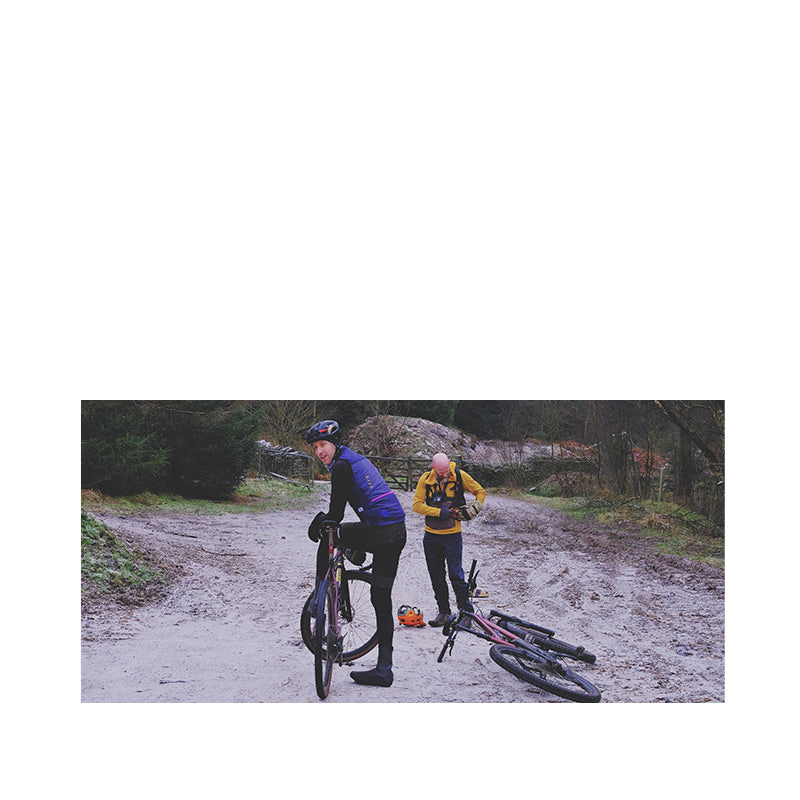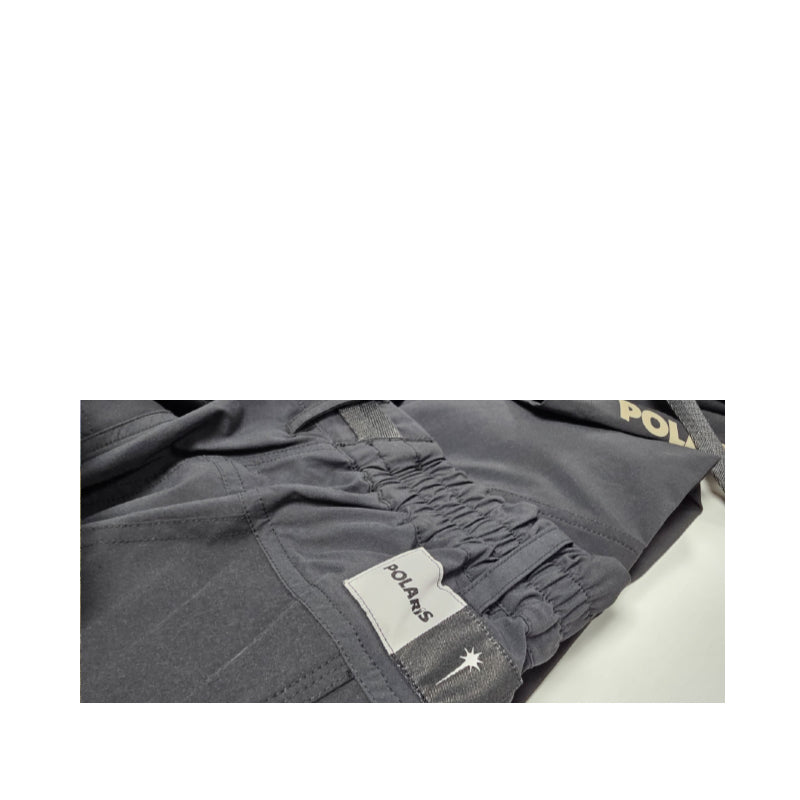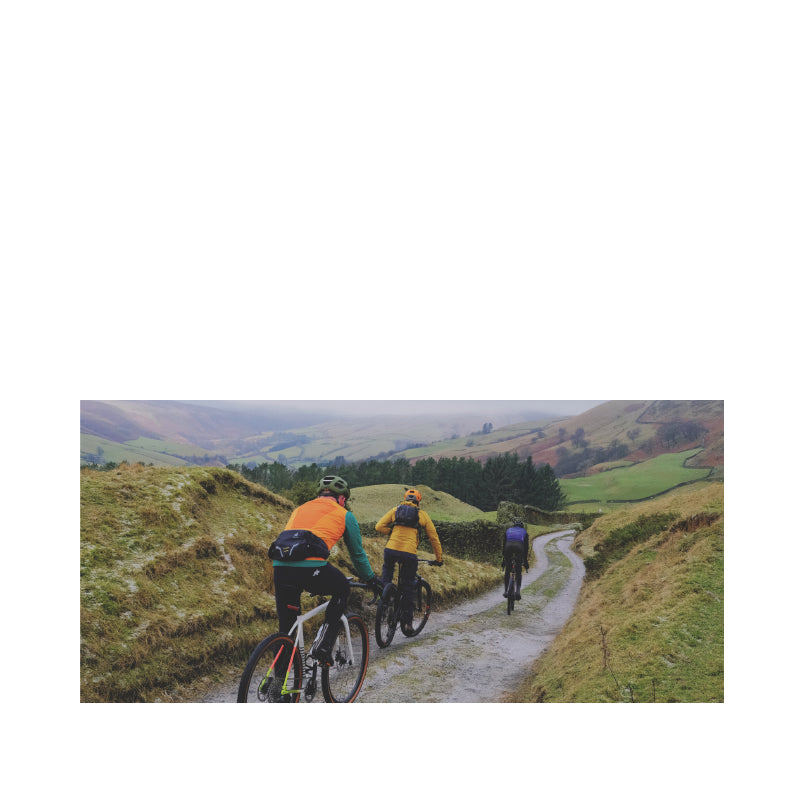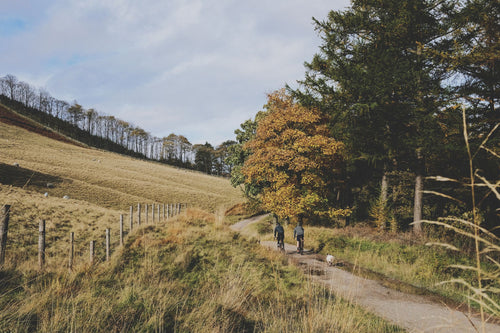Winter always hammers the trails but the recent run of storms means more blocked, shut, or drowned lines than ever. Since Covid opened people’s eyes to the outdoors we’re also seeing much higher numbers of users on our trails. Not all of those folks know how to look after the places we love either. So how can we make a difference to what can sometimes seem like an impossible issue?
Well, the great news is that there are loads of ways that you can make a significant change to how well your trails, and the environment around them, don’t just survive but actively thrive.
So, here’s a quick guide to making a difference whether that’s an individual effort, as a group of mates, or by getting involved in something more official.



Storm damage is just the start
If your local trails are anything like ours right now, heavy snow then howling winds have left a lot of lines blocked with fallen, fractured, or just bent over trees. Brash and sticks are waiting everywhere to get stuck in spokes, jam chains, or rip off gears too. With a new ‘worst storm in a decade / century’ seeming to roll into view every other week it’s looking like we’re stuck with this situation for a while too.
The temptation is to:
- A - Just to ride round blockages where possible.
- B - Force your way through.
- C- Divert to the trails that are still running OK.
I doubt we need to tell you what happens with A. At the very least you get a crap chicane that kills the flow of a trail as you fumble round an overgrown U bend at walking speed. At worst the trail just gets wider and wider as the edges are repeatedly churned up and you just end up with metres of swamp you can’t get through and the trail is effectively closed.
B? I mean it’s your rear mech, chain and spokes that are at risk of being ripped off so gamble with that ride ruining and potentially very expensive (SRAM AXS rear mech’s cost up to £740) risk if you want. But even if you get through this time, remember that grind and kerclunking as a stick got spat through the system when your rear mech ‘mysteriously’ starts mis shifting or destroys itself in your spokes the week after. You can obviously add getting poked in the eye/face or getting your clothing torn to that risk assessment too.
And while it might seem the most risk free now, ‘C’ is probably the most damaging choice of all in the long term. That’s because you’ll overload the trails that are still open at the soggiest, softest time of year. Exactly when they’re most likely to get rutted and puddled to death. Meanwhile the trails you’re dodging will soon see those fallen trees and branches buried under fresh bracken and bramble growth making them much harder to clear. If you’re not careful that means you’ll suddenly have a lot less trails to ride for the rest of the year. And if too many trails end up unrideable, people will stop going to the area so everything will get overgrown and forgotten until riding there is a distant memory. And sure, that’s some heavy catastrophising but we’ve certainly seen it happen in several places and you probably have too.

You’re not a lumberjack and you won’t be OK!
Apologies if we sound horribly patronising here, because we like to think that our Polaris crew are more aware, experienced and engaged with where they ride than most. What’s easy to forget is while it might seem an impossible task, you CAN make a difference in just a few minutes, and a couple of hours can create a big dent in reversing trail damage. So instead of swerving round blockages or rinsing the remaining options just get stuck into clearing them before you get stuck with nowhere good to go.
At the risk of another ‘parent mode’ transgression, obviously we’re not talking about trying to shift serious timber here. In fact, if there are obviously damaged trees that could still potentially fall or move and crush you then you need to stay clear of the whole area until the pro forestry crews get in there. And if you’re looking up at something thinking, I don’t know whether that’s going to fall or not, then always assume the worst and stay clear.
Don’t be that person who rides past ‘Forestry Work’ warning signs either because sneaking past a semi automated tree felling machine could mean you’re suddenly involved in a totally different kind of shredding on your bike. Instead, be the kind of hero who makes a note of where the damage is (the What3Words app works great if you don’t ‘get’ grid references) and let whoever is responsible for the trails know. Sending some pictures will help them assess the situation remotely and respond accordingly rather than having to do their own site assessment too. Given how much storm damage most landowners are dealing with making ‘your’ trail an easy one to deal with could shorten the process by months.

Hand tool solo
Spending a tiny amount of trail time clearing will make a massive difference later though. Stopping to kick/pull bits of debris out of the trail as you go along will obviously slow your ride down. For the sake of a few minutes you’ll be restoring trail flow and reducing bike damage risk for the rest of the year - or at least until the next storm. Getting tooled up with a saw, snippers, spade or rake for an hour of two is a real level up. Cutting back branches, moving debris or digging drainage into puddles can make a huge difference to opening up trails and keeping them rideable.
Not only will this win back your riding options for spring but we guarantee it’ll also make you feel like a hero for getting involved. Getting a gang of mates together to join you will obviously multiply the effect, but don’t be afraid to collar passing riders either. You’ll often find it only takes you to start ‘doing the right thing’ to shame/inspire others into putting their bikes down and getting stuck in for ten minutes. In fact, that’s happened so often with us that we even take spare tools to hand them to seal the deal. And if another six riders get involved for ten minutes each that’s a whole extra hour of trail work getting done. That’s potentially another six riders who’ll start taking a few minutes before, after or during each ride to look after the trails and get that glow of ‘ownership’ too. And if that sounds like far fetched optimism, I could show you a direct example on my instagram where meeting some lads while clearing trails a week ago saw them posting about the trail clearing they did this weekend.
On that note, DO NOT be shy about shamelessly virtue signalling what you’re doing. Even if you just picked up one gel wrapper or kicked a stick out of the way. Milk those couple of seconds on every social and communication channel you can. Because if 1000 people see that clip and 10 of them stop and kick a stick or pick up some litter the next ride then that’s a big win. And if they then do the same, well you can see where we’re going here.

If you prefer to do your do gooding in groups then there are loads of ways to get involved at local, national or even global level. Your local trail building group can add official authority to what you’re doing and help you stay clear of no go areas relating to wildlife or particular access issues. They also be a source of useful things like insurance, training on how to dig or repair trails right and the tools to do it with. A quick Google will normally get you their details or just keep an eye out for folks working on the trails and ask if you can help.
There are an increasing number of official trail advocacy groups too now. The UK Trails Project is part of the DMBINS (Developing Mountain Biking IN Scotland) organisation which originated in the Tweed Valley. It’s an extension of their part in get ‘cheeky’ trails in the area adopted and sanctioned as official trails but also explores how trail networks and riding can help mental health alongside the obvious physical benefits. All building towards literally putting mountain biking on the map as a very positive thing to encourage, not the velo vermin that many landowners still see us as.
The UK MTB Trail Alliance is a volunteer group that centres around people involved in official and unofficial trail developments and bike parks all over Britain. Sharing experiences and knowledge about how to move things forward. Whether that’s improving drainage on a particular piece of trail / sort of soil, or working with land owners and other ‘stakeholders’ (basically the people we need to convince to let us dig/ride) to create permanent trail networks in your area.
If you want to work on the health and hygiene of your trails and their environment around them, then get involved with ‘Trash Free Trails’ and their ever expanding program of education and activation. Again, you’ll find loads of tool kits to help you as well as a calendar of events to get involved in. They’ve just launched a new “These are my trails’ project to help people take ownership of their local landscape too.
But whether you eventually end up speaking to your local council or MP about mountain biking access and investment in your area, or you just pick up some litter, kick a drain clear in a puddle or clear some sticks off the trail after the next storm. The important thing is that we all do something to look after the places we ride. Because if none of us do, we won’t be able to ride there.









